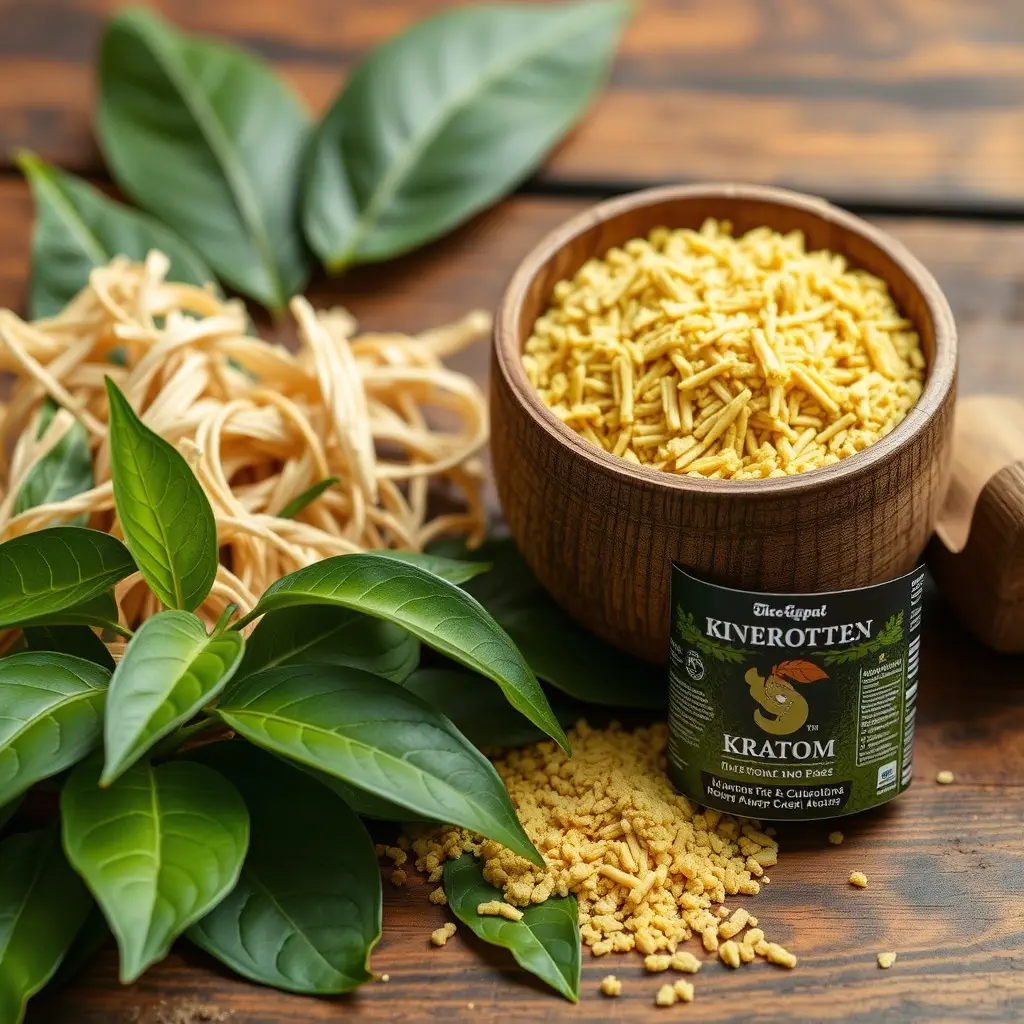Kratom, derived from Mitragyna speciosa, has gained attention as a natural pain reliever for injuries, particularly among military personnel and athletes. The U.S. Army occasionally tests for kratom use due to its popularity in treating muscle strains and joint pain. While research suggests benefits, variability in effects necessitates further study and regulation. As kratom's prevalence grows in sports and military settings, the army may update its drug testing policies regarding specific kratom testing. For safe and effective use, individuals should consult healthcare professionals for personalized guidance on dosages and consumption methods. Awareness of potential adverse effects is crucial while exploring kratom as a complementary injury management tool.
Injury prevention and management is a critical aspect of overall health, especially within high-risk environments. While traditional methods have long been the go-to, an emerging natural solution gaining traction is kratom. This article explores the potential benefits of kratom in injury care, delving into its effects and safety measures. We also examine current military policies regarding kratom use, providing insights for both service members and civilians looking to harness its power for injury prevention and recovery.
Key topics include understanding kratom’s mechanism, safe usage strategies, and how it can complement traditional rehabilitation. Additionally, we address the question: does the Army test for kratom?
- Understanding Kratom and Its Potential Benefits for Injury Management
- Does the Army Test for Kratom? Exploring the Current Policies
- Effective Strategies for Safe Kratom Use in Injury Prevention and Recovery
Understanding Kratom and Its Potential Benefits for Injury Management

Kratom, a natural herb derived from the plant Mitragyna speciosa, has gained attention in recent years for its potential therapeutic applications, including injury management. Often used by military and athletes as an alternative pain reliever, kratom’s active compounds have shown promise in mitigating physical discomfort associated with injuries. The Army, among other branches of the US military, occasionally tests for kratom use due to growing concerns about its popularity among service members. This interest stems from the potential benefits of kratom in treating common military-related injuries, such as muscle strains and joint pain.
Research suggests that kratom’s unique chemical composition may help reduce inflammation and ease muscle spasms, making it a promising option for non-pharmacological pain management. As an alternative to prescription opioids, kratom could offer a safer and more natural approach to injury recovery, especially in situations where access to medical care is limited. However, the variability of kratom’s effects across individuals highlights the need for further scientific exploration and regulation, especially considering its growing prevalence in sports and military settings.
Does the Army Test for Kratom? Exploring the Current Policies

The U.S. Army, like many other branches of the military, has strict policies regarding substance use and testing. While there is no specific mention of kratom in their list of prohibited substances, it’s crucial to understand their current stance. The Army does conduct random drug testing for service members, particularly those in high-risk roles or participating in specialized operations. This includes testing for common narcotics and controlled substances. Given the growing popularity of kratom as a natural alternative for pain management and anxiety relief, there have been queries about its potential inclusion in these tests. However, as of now, there’s no official confirmation if the Army specifically tests for kratom.
The lack of clear guidance on kratom testing may leave some service members uncertain. It’s essential to remember that the military’s primary concern is the safety and well-being of its personnel. Therefore, any substance with potential health risks or performance-impairing effects could be subject to testing. As kratom research continues to evolve, it remains to be seen whether the Army will update its policies to reflect the latest scientific understanding of this herbal supplement.
Effective Strategies for Safe Kratom Use in Injury Prevention and Recovery

Injury prevention and recovery can benefit from the strategic incorporation of kratom, a natural herb gaining attention for its analgesic properties. To ensure safe use, service members and individuals interested in utilizing kratom for injury management should prioritize knowledge and moderation. Start by consulting healthcare professionals who can guide on appropriate dosages and methods of consumption based on individual health profiles and specific injuries. Understanding the active compounds and their effects is crucial; kratom’s mitragynine and 7-hydroxymitragynine offer pain relief but vary in potency, necessitating careful consideration.
Additionally, regular monitoring of physical responses is essential. The military’s interest in kratom, evidenced by its inclusion in research studies, highlights the potential for effective integration into injury prevention protocols. However, just like any substance, misuse or long-term reliance can lead to adverse effects. Therefore, it’s important to remain vigilant about dosages and seek alternative therapies when appropriate. Knowing that does the army test for kratom can motivate users to adhere to responsible practices, ensuring its effectiveness as a complementary tool in injury prevention and recovery without compromising health or well-being.
Kratom has emerged as a potential aid in injury prevention and management, offering natural pain relief and anti-inflammatory properties. However, it’s essential to approach its use with caution, especially considering military policies. While the Army currently tests for kratom usage, understanding effective strategies for safe consumption can help service members and civilians alike harness its benefits. Further research and open dialogue are crucial to navigating this alternative therapy in injury care.






